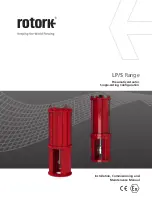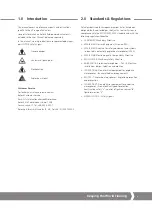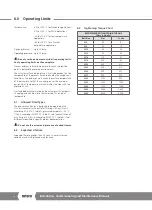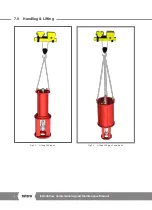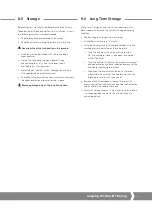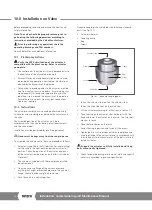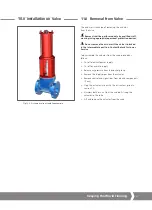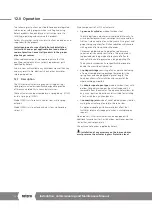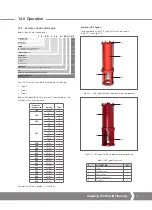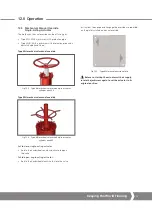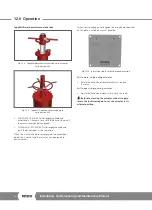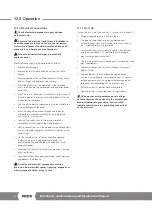
Keeping the World Flowing
7
Only trained and experienced personnel should
handle/lift the actuator.
The actuator is supplied packed on pallets suitable for normal
handling.
Handle the actuator with care. Never stack pallets.
7.1
Lifting Recommendations
• The lifting device and the sling must be suitably rated for
the actuator weight and dimensions
• Do not use damaged sling(s)
• The sling must not be shortened with knots or bolts or
any other makeshift device
• For lifting purposes, use only suitable lifting tools
• Do not drill holes, weld eye bolts or add any other type of
lifting device on the actuator external surface
• Do not lift the actuator and valve combination with the
actuator lifting lugs
• Every assembly must be estimated separately for a safe
and correct lifting
• Avoid pulls or abrupt movements during lifting. Avoid
pushing the load
• During lifting operations, do not handle the slings and/or
the actuator
Do not step underneath suspended load.
7.2 Lifting Instructions
NOTE: Indication of weight, centre of gravity,
lifting points are reported within specific project
documentation.
For non-horizontal actuator orientation, please consult
project specific documentation before lifting.
• Prior to lifting the actuator, remove electrical power and
vent all pressure vessels (if present)
• In case of actuator equipped with 2 eye bolts, hook the
chains on them both, as shown in Fig 7.1
• In case of actuator equipped with 4 eye bolts, hook the
chains on the 4 of them, as shown in Fig 7.2
The actuator must remain vertical; balance the load.
• Angle
β
must be between 0° and 45° as shown below.
Direction
of Pull
7.0 Handling & Lifting
A4
US
US
A4
US
A4
A4
US
Summary of Contents for LP/S Series
Page 89: ...Keeping the World Flowing 89...

